Illustration photo.
1. Prepare and disinfect barns and livestock equipment
After selling livestock products, the barn must be left empty for 15 - 21 days. During this time, the barn and the entire livestock area must be cleaned and disinfected:
- Clean up waste in the barn, then wash the floor and walls of the barn, clean from the inside out.
+ For bedding materials such as rice husks, straw, leaves... can be collected and processed by burning or bio-thermal composting to destroy pathogens.
+ For liquid waste such as manure and urine of livestock and poultry, it needs to be treated through a biogas tank. Families that do not have a biogas tank can treat it by biothermal composting. The composting method is as follows: Collect manure and bedding into a pile. For every 100kg of manure and bedding, compost with 2-3kg of lime powder or superphosphate. If the mixture is dry, sprinkle a little water to make it moist enough. Then, put it in a compost pit or a tightly tied plastic bag and cover it. After 1.5-2 months, it can be used to fertilize plants.
After cleaning and washing away the waste in the barn, sweep lime water from the wall to the floor. When the lime water has dried, spray disinfectant inside and outside the barn and around the livestock area with one of the following disinfectants: Bencocid, BKA, Paccoma... These disinfectants need to be mixed according to the manufacturer's instructions.
Note: Disinfection will be effective when the disinfection is repeated 3 times during the empty barn period. After 72 hours of final disinfection, new livestock can be released into the barn.
- Check and reinforce the barn; the barn roof must not leak, the walls and floor must be flat, made of materials that are easy to clean and disinfect; windows and curtains must be protected from rain and wind.
- Check the heating system of the barn, water supply system, fence, wall surrounding the livestock area as well as the entrance gate and disinfection pit in front of the barn door.
- Clean all livestock equipment such as feeders, drinkers, fans, heaters, transport vehicles, buckets, brooms, shovels, roots... then dry them in the sun and spray with disinfectant.
2. Selecting imported breeds
You should buy breeding stock from reliable breeding facilities with clear origin and history. The breeding stock must be disease-free and have quarantine confirmation from the veterinary agency.
When importing breeding animals, they must be quarantined for at least 2 weeks and fully vaccinated according to veterinary regulations.
3. Prepare food, water, and veterinary medicine
Food and water must be prepared in sufficient quantity, according to the correct type, stage and target of the livestock and poultry.
Do not use leftover feed from previous livestock for next livestock.
It is necessary to prepare tonics and stimulants such as Bcomplex, electrolytes, ADE... to supplement and increase resistance for newly purchased livestock.
Above are some notes on preparing to re-herd livestock after Tet. We hope that livestock farmers thoroughly implement the above measures.
Thai Binh Agricultural Extension Center
Source: https://baothaibinh.com.vn/tin-tuc/4/218168/mot-so-luu-y-chuan-bi-tai-dan-vat-nuoi-sau-tet-nguyen-dan










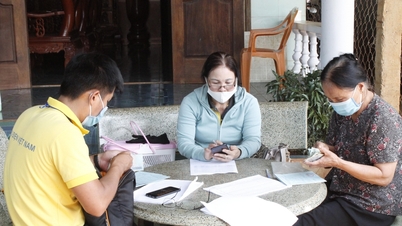

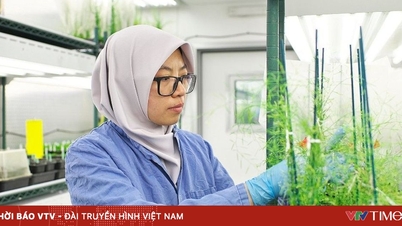






















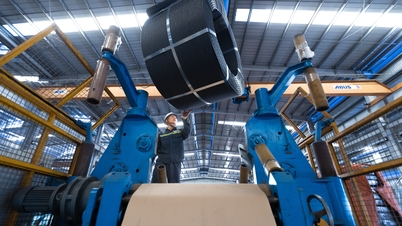


























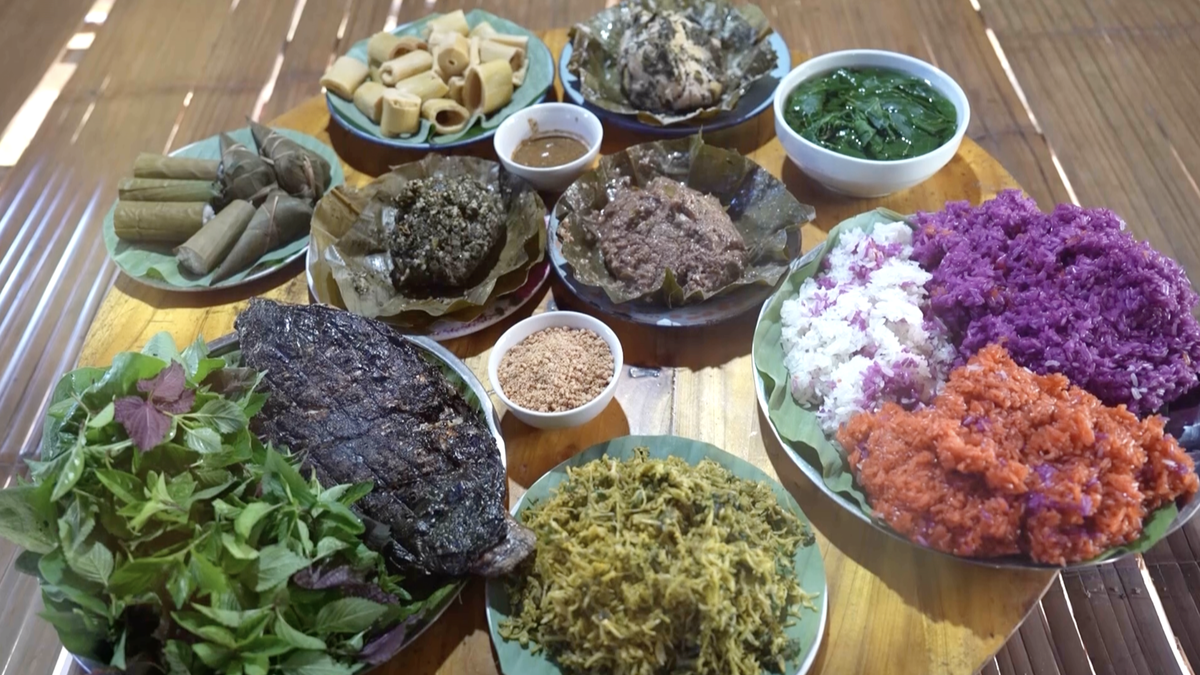
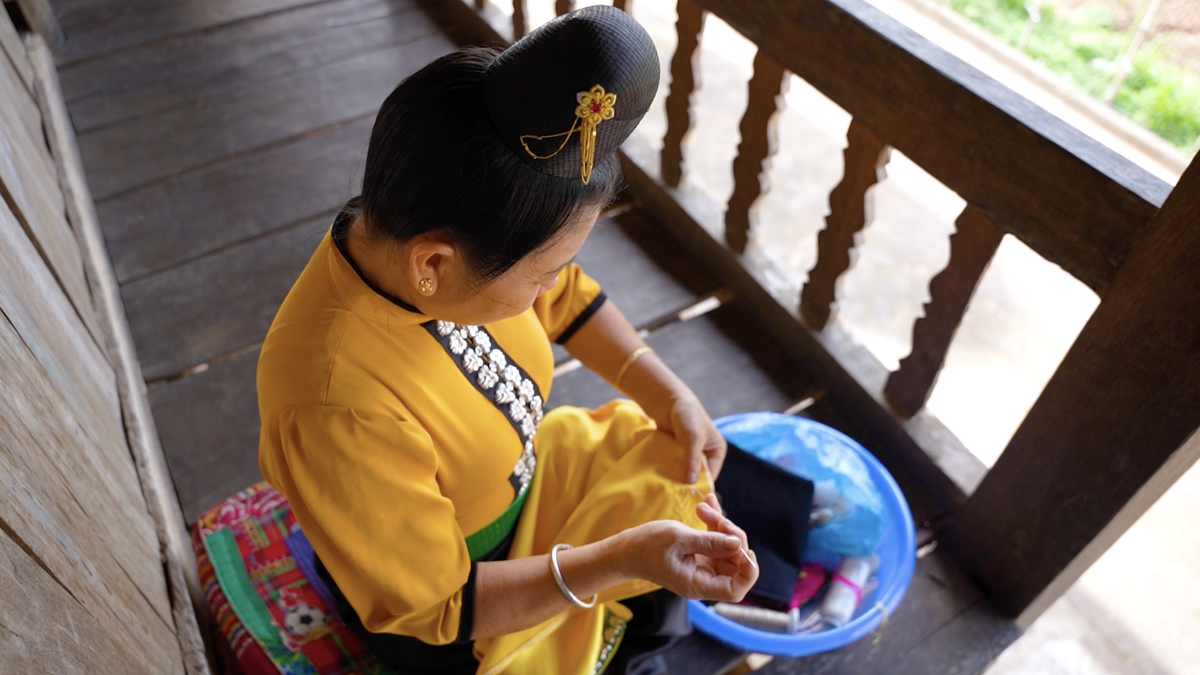

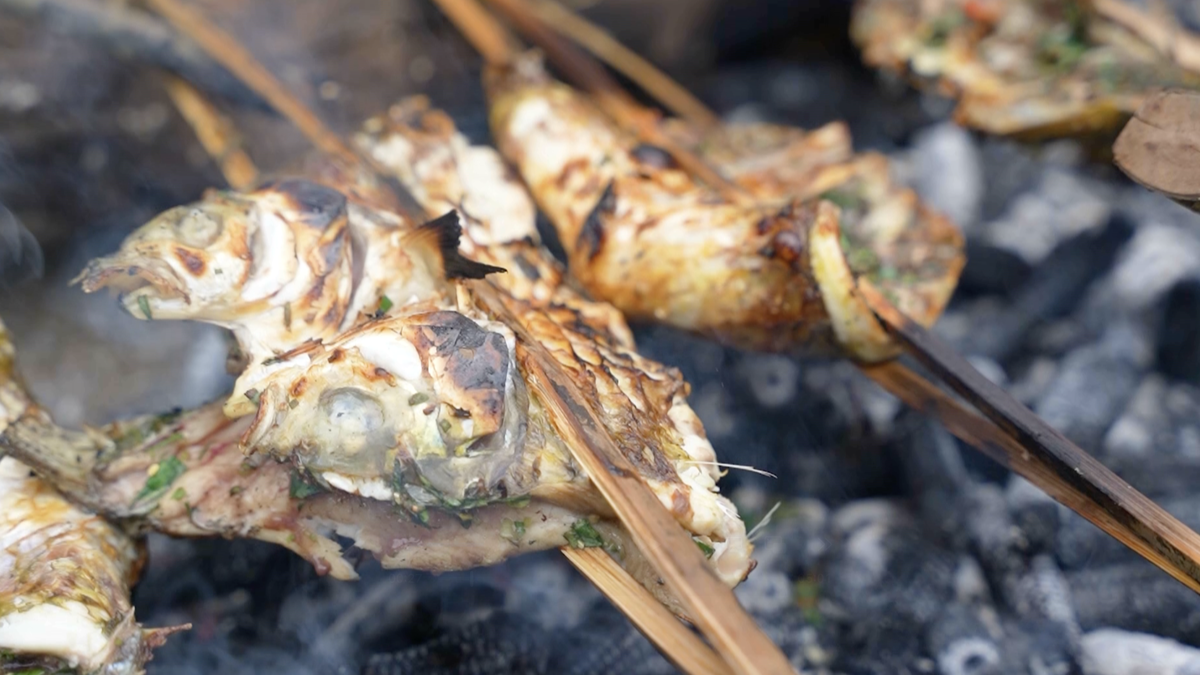

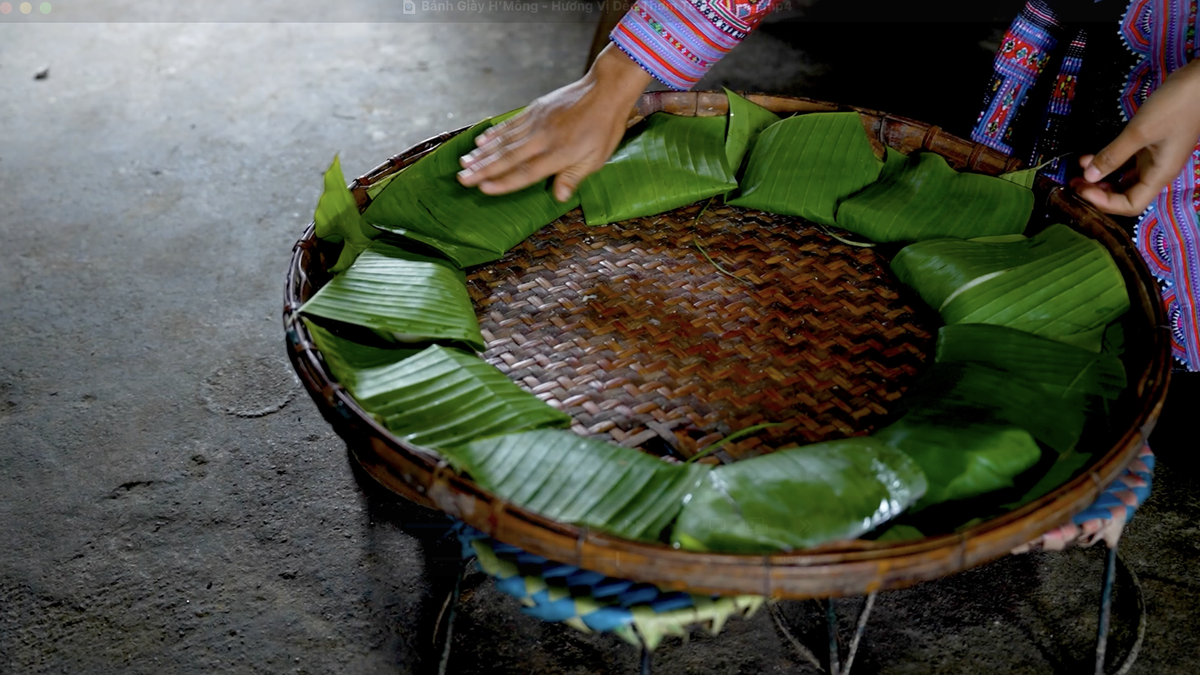















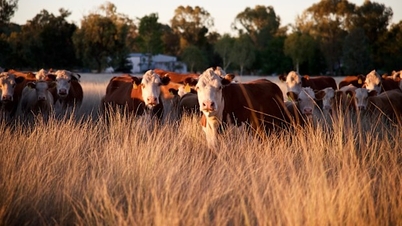
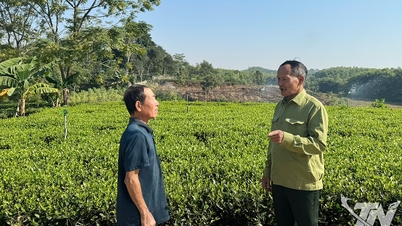



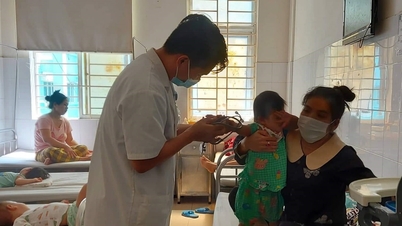



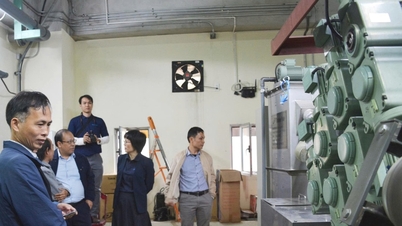
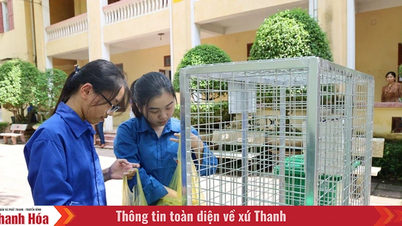





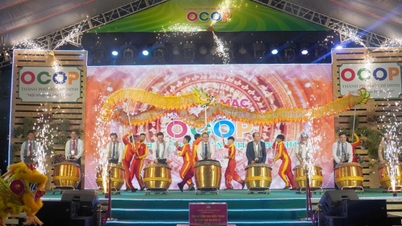







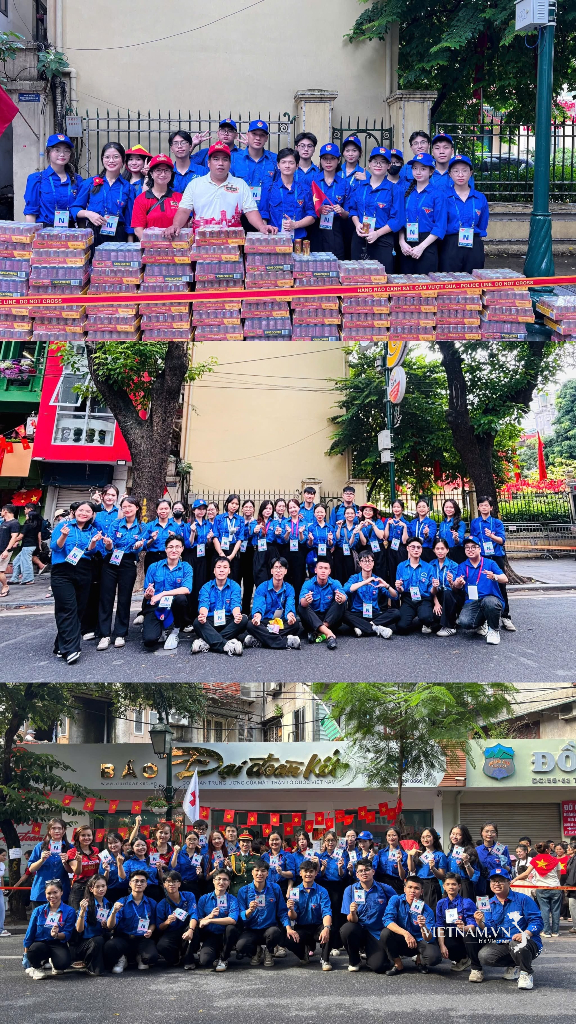

Comment (0)